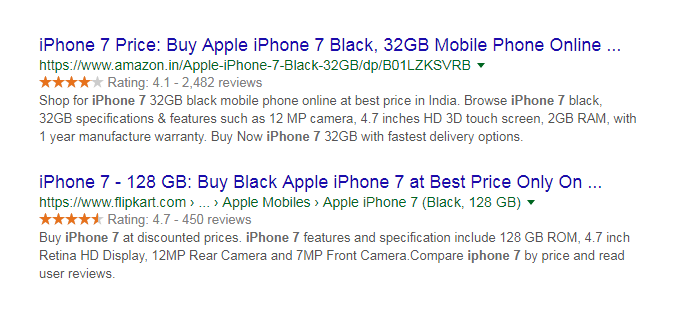
Low ecommerce sales? Tips to double them with digital marketing
No wonder as an e-commerce business owner, you are desperate to rank your website higher in the searched results page of Google. With digital market taking over the traditional market, all the owners of brick and mortar stores are investing in electronic trade. Therefore, it is difficult for the producers to compete with a wide range of e-commerce sites.
Everybody is chasing Google to rank their website on the top, or at least in the top 10 results since the user clicks on the first link that appears to him. So, if you are on the top of organic search results, the lead is yours. But what if you are not? Because not every website could be on the first page of results due to the stringent rules of search engines and the tough competition in the online market.
So how can you boost your e-commerce sales with digital marketing?
Selling the product to already acquainted customer is easy than being in the sight of the prospective customers because if your website is not visible to the consumer then how would he even know about it? As you step into the world of digital commercialisation, you must focus primarily on being in the eyes of the consumers. Your website is one of the million websites giving the similar product to the user so what would you do for the search engine to recommend you to him first? Search engine optimization of your e-commerce site to rank it in the top search engine results make the user invest their time and money in it. Using the basic on-page SEO practices such as meta description, meta title, the content of the page, and optimizing the webpages is not enough to catch the buyer’s attention. So what are the powerful ways?
Structure/ Schema Markup
Schema markup is one such most-effective yet least-used practice to rank your website higher in the Search engine result pages (SERPs). But what the heck is it? It is a type of code that makes it easier for the search engine to crawl, analyse, organise, and display the content to the user. In simpler words, it is the HTML tag that enhances the presentation of your website on SERP for the user. When a user searches for a product, he wishes to know its complete detail and that is what Schema does! It presents the details in a specific format to the user-designed for an ease of access.

The above image displays a refined research for the user to know about the product with the ratings, and specifications of the product using Schema.
Long Tail Keywords
Another useful on-page SEO practice to boost your e-commerce sales is to use long tail keywords. Long tail keywords are more specific and easier to rank your website higher than a generic keyword. Let’s say the keyword “Dresses” (generic keyword) won’t fetch the relevant traffic to your website but “Maxi dresses for women online” (long tail keyword) would. Did you spot the difference? The use of the broad keyword increases the competition for your e-commerce site but the specific long tail keyword would bring the organic and appropriate customers who are only interested in buying the dress. Therefore, long tail keywords would no doubt yield lesser traffic but it would certainly bring the customers who would buy the product to increase your ROI (return on investment).
Backlinking your Website
Backlinking your e-commerce site is like a word of mouth in digital marketing as no business runs efficiently without being praised and referred by others. Like business owners promote it through hoardings, pamphlets, and referencing their stores, similarly, in the virtual world you can link your website to various other portals. The process of working behind the curtains involves a lot of different ways to raise the sales online. You just have to spread the word either by posting a comment on a niche related website or by posting an informative blog for the users to grasp the information. Your blog should have the link to your website to provide an address to the curious users who wish to see your products considering the information you provided on the blog.
Being a part of the discussion on forums, like Quora is also a way to link your website and publicize it. You may also join groups or communities on Facebook or LinkedIn to socialize with consumers or potential buyers to answer their queries and build their trust with your e-commerce site.
Promotion through videos, infographics, images and linking your website on the content distribution websites is also a great medium to uniquely refer your website to the interested buyers.
Social Media
Social networking sites have come a long way since the advent of digitalization. Digital marketing is nothing without social media as it allows users to create a page and promote their products with a direct link of their website or interactive landing page for the ease of the customer to contact and finalise instant deals. Aren’t we aware of the fact that more than 80% of the population is on social media platforms and scroll their news feeds daily? While the trend of promotion through creating the page has not taken a backseat, Facebook has started with Facebook shops for the entrepreneurs. The Facebook shop section allows you to add a list of products you are selling and leads the user directly to your website. It is a tab that you may add to your business page to reach a larger audience without paying even a single penny. You can add as many products as you like, and group them into different categories. The merchant gets all the insights of the product reach, views, clicks, purchase, or messages related to the products. Once you have added the products, customers can buy them without leaving the page (this feature depends on the geographical location).
These are a few tactics to grow your e-commerce sales through the aid of digital marketing.

